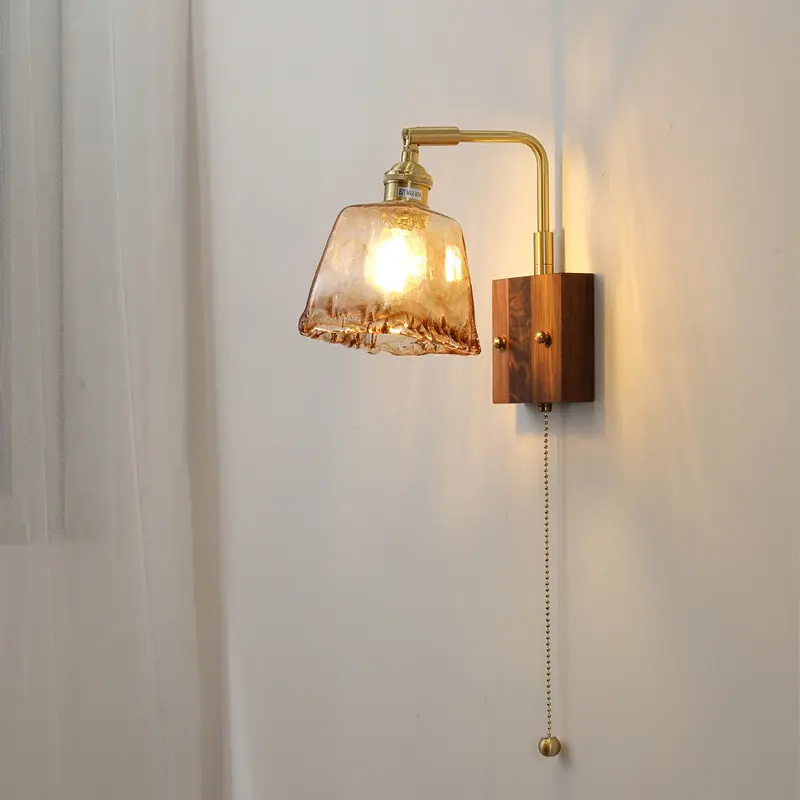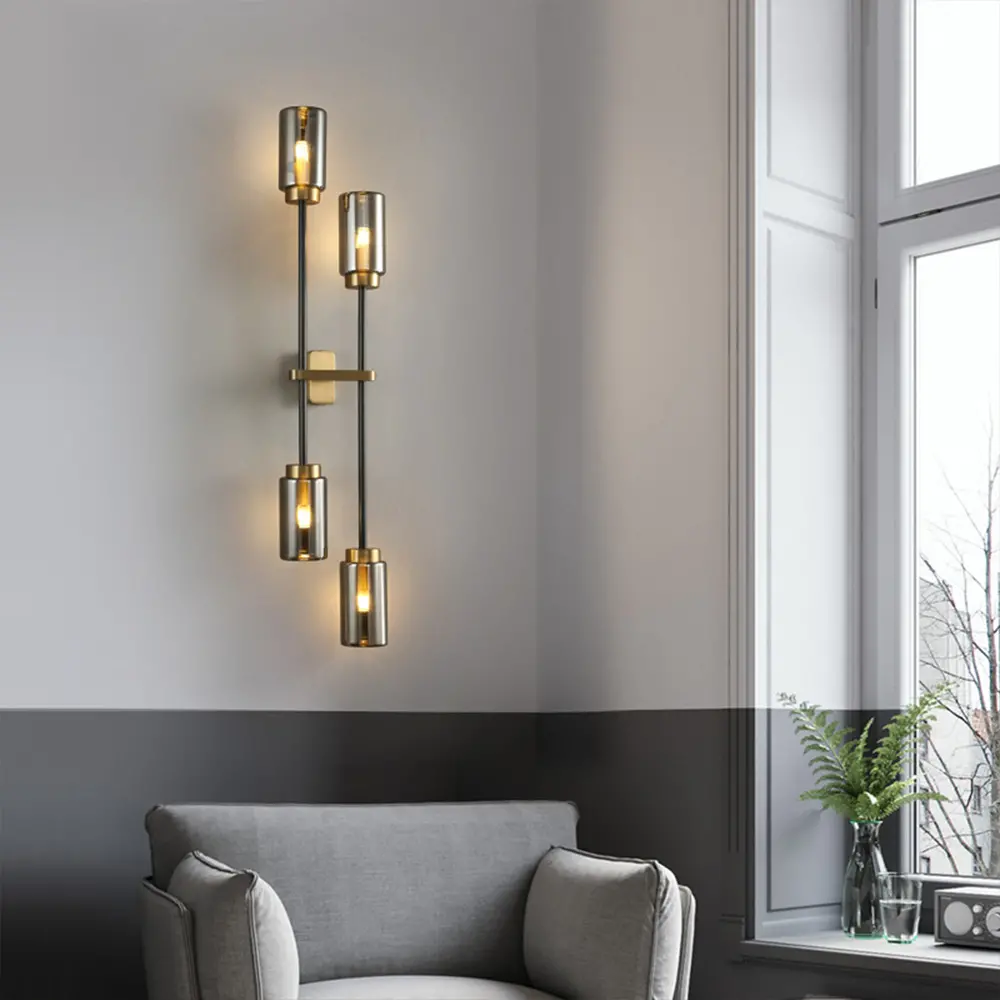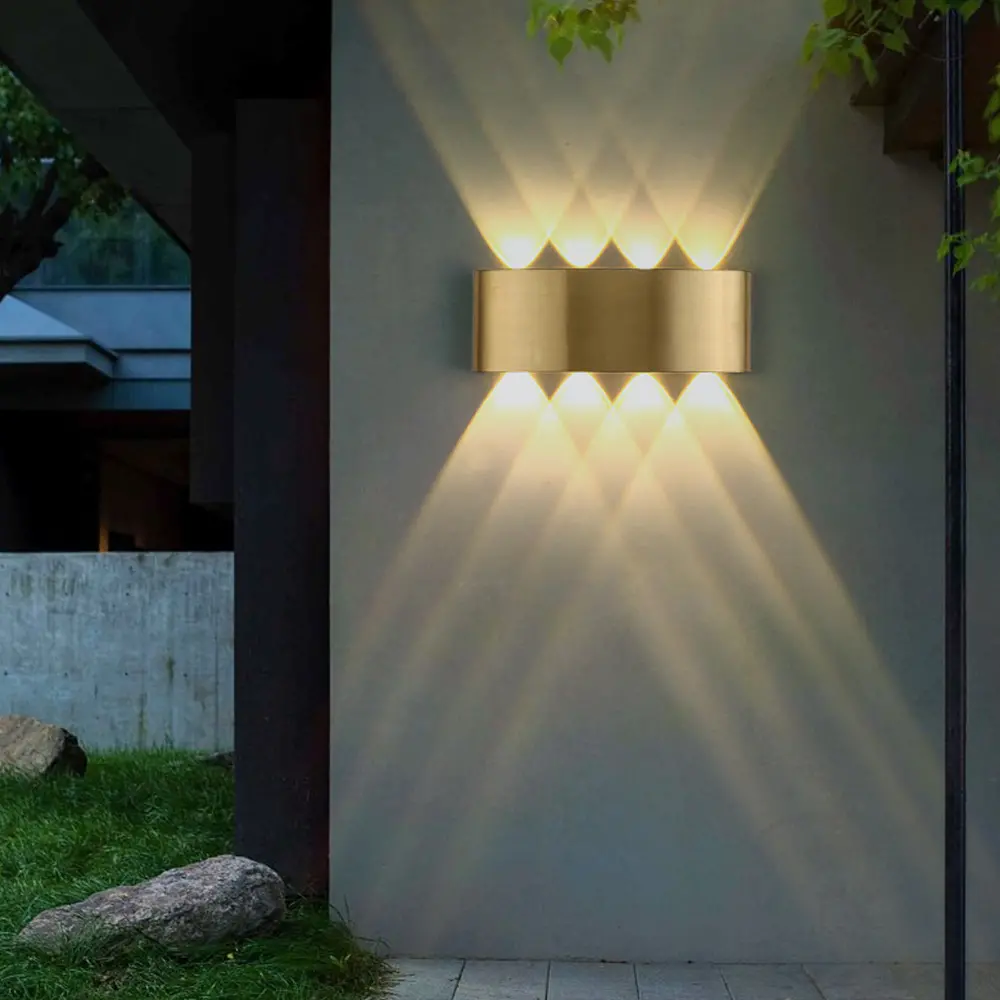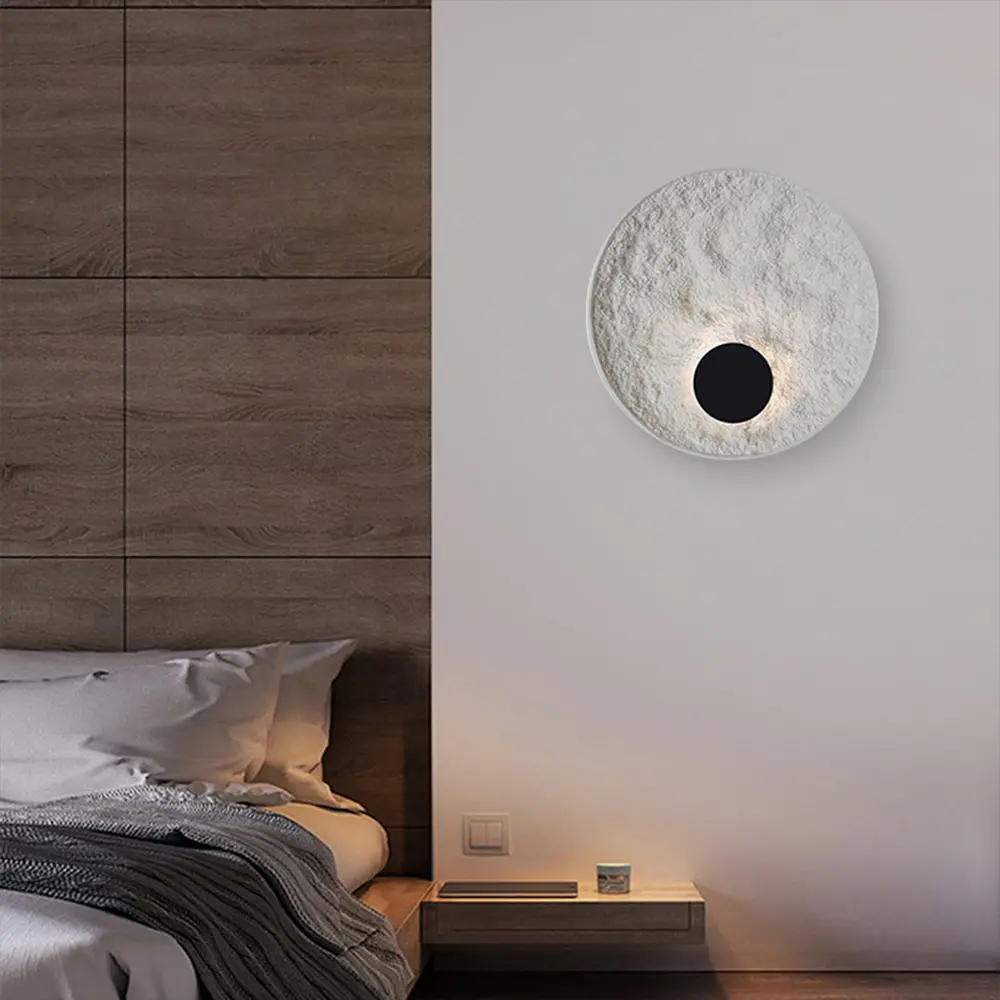2022-11-24
Indoor space feeling and environment atmosphere are inseparable from the effect of lighting. Light is not only to meet people's lighting function needs, but also a very important visual design factor. Light can also affect people's perception of the size, shape, texture and color of objects. In interior design, we can use a variety of means, the lighting effect to create and enrich the visual effect of the space, so that the space is more romantic. Lamps and lanterns in the interior space have both use value and important decorative elements. The color, shape and style of each lamp, the primary and secondary or complementary relationship between lamps and lanterns, and the functional focus and applicable space of different types of lamps and lanterns are also different. The essence of lighting design lies in the use of different combinations of lamps and lanterns according to the needs and diversified collocation of lamps and lanterns. Render different styles for the space to improve the grade and style of the space. Interior lighting is an important part of interior environment design, but before this we have to do interior lighting design, the layout of lamps and lanterns is not randomly placed, so we need to pay attention to some places, so what is the interior lighting design principle? What are the steps of interior lighting design?

Principles of interior lighting design:
1. Security principle
Lighting installation place is a frequent place for people to do indoor activities, so safety protection is the first. This requires the lighting design to be absolutely safe and reliable, must take strict anti-shock, anti-short circuit and other safety measures, and construction in strict accordance with the specifications, in order to avoid the occurrence of accidents.
2. The principle of rationality
Lighting is not necessarily more good, to win strong, the key is scientific and reasonable. Lighting design is to meet people's visual and aesthetic needs, make the indoor space to maximize the practical value and appreciation value, and achieve the unity of use function and aesthetic function. Gaudy lighting is not only the icing on the cake, but the icing on the cake. At the same time, it will cause power consumption and economic losses, and even cause light pollution and harm the health of the body.
3. Functional principle
Lighting design must meet the requirements of the function, according to different Spaces, different objects to choose different lighting methods and lamps, and ensure the appropriate illumination and brightness. For example, the lighting design of the living room should be vertical lighting, requiring uniform brightness distribution to avoid glare and dark areas; Indoor display, generally use strong light irradiation to emphasize its image, its brightness is 3-5 times higher than general lighting, often use color light to improve the artistic appeal of furnishings.
4. The principle of aesthetics
Lamps and lanterns not only play the role of ensuring lighting, but also because of its very attention to the shape, material, color, proportion, has become an indispensable decoration in the interior space. Through the light of the dim, dim, strong and weak rhythmic control, using transmission, reflection, refraction and other means to create a different style of artistic atmosphere, for people's living environment to add colorful interest.

Steps of interior lighting design:
Interior lighting design is a comprehensive science, not only covers the field of architecture, physiology, and art is inseparable, so we need to have a certain level of artistic accomplishment and professional design, more important is to understand lamps. Due to the wide range of interior lighting design, such as offices, factories, shops and so on, these occasions also have certain differences in lighting requirements, so the design method is also very different, despite this, the basic procedures of indoor lighting are much the same, all change from its family, general lighting program is divided into three stages:
The first stage is to listen to the requirements of the owner or Party A, and discuss with relevant personnel (such as interior designers, architects, electrical designers and other relevant personnel), fully analyze the lighting design scheme will affect the lighting effect of the factors. These factors include the function of the illuminated area, the size of the illuminated space, the impact of indoor furniture or factory equipment on the lighting, as well as the overall structure of the space, the type of ceiling and ceiling and the type of lighting used in the space (direct or indirect lighting). The desired lighting style, as well as the budget of the project, etc.
The second stage is to make some basic design choices, starting with primary or secondary lighting. The former focuses on functionality i.e. general lighting (meeting basic visual needs); The latter focuses on decorative and highlights the quality and texture of objects or commodities. Main lighting generally includes basic lighting and local lighting, auxiliary lighting system mainly includes key lighting and effect lighting.
The third stage is to calculate and analyze the average illuminance of the room, the uniformity of lighting and the illuminance of the operating plane to check whether these data meet the requirements of the lighting standard. If necessary, the indoor brightness distribution, contrast and glare on the working surface must be calculated and checked. For example, our two lighting design software can calculate these data and can get the simulation effect.

Direct lighting: Direct lighting is the direct casting of light on a given area. The common direct lighting in the general room includes the main lamp directly illuminated on the ceiling, and the downlighting embedded lamp can make the illuminated area have the effect of lighting immediately. The advantage is that all the light flux can be irradiated in the space, using the lowest power consumption to achieve the required illumination. But the light source shining directly on the space is easy to produce glare, so it is necessary to pay attention to the problem of light pollution in the design.
Indirect lighting: Indirect lighting refers to the use of reflection to export the light, light after reflection and then shine to the irradiation area, the light distribution will be more uniform, but also can avoid the visual stimulation of direct lighting to the eyes, is a mild lighting technique. The brightness of the overall space is reflected or refracted by the material. If the overall light source is bright enough, it can also create a bright sense of space. However, due to the loss of light reflection, it takes more electricity to achieve the same brightness as direct lighting.
Key lighting: refers to the partial space focus lighting, multi-purpose spotlights, table lamps, downlights, floor lamps, etc., better to distinguish the primary and secondary of the same space, through the change of light to guide the line of sight attention, create visual focus. Highlight a place or an item in the space, use the contrast of light to set off the focus, and increase the visual appreciation and interest, suitable for lighting decorative paintings, collection cabinets, display walls and other key display areas.
Auxiliary lighting: lighting does not directly play a role in the area where people are usually located. Generally, it mainly serves as a foil to the atmosphere of the space and achieves the decorative effect. Auxiliary lighting is a supplement to the main lighting design. Generally, small lamps such as wall lamps, table lamps, standing lamps, lamp strips and lamp strings are used as auxiliary lighting to enhance the sense of light hierarchy. The purpose of auxiliary lighting is to make the overall lighting design more flexible, more comprehensive to meet the lighting needs.
Scene lighting: Scene lighting takes the space scene as the starting point to highlight the specific scene atmosphere. The feature of scene lighting is to get a lighting mode suitable for the current situation through brightness adjustment and color change of light. Through the adjustment of lighting, the impression of the space is changed by the relationship between light and shade, the color change of light and the visual feeling, and the light rendering creates a good space atmosphere and adds some interest to the space.

Indoor space feeling and environment atmosphere are inseparable from the effect of lighting. Light is not only to meet people's lighting function needs, but also a very important visual design factor. Light can also affect people's perception of the size, shape, texture and color of objects. In interior design, we can use a variety of means, the lighting effect to create and enrich the visual effect of the space, so that the space is more romantic. Lamps and lanterns in the interior space have both use value and important decorative elements. The color, shape and style of each lamp, the primary and secondary or complementary relationship between lamps and lanterns, and the functional focus and applicable space of different types of lamps and lanterns are also different. The essence of lighting design lies in the use of different combinations of lamps and lanterns according to the needs and diversified collocation of lamps and lanterns. Render different styles for the space to improve the grade and style of the space.
-THANKS FOR WATCHING-